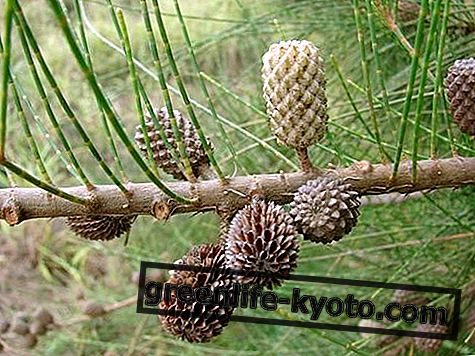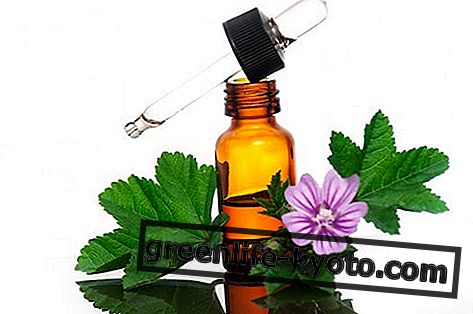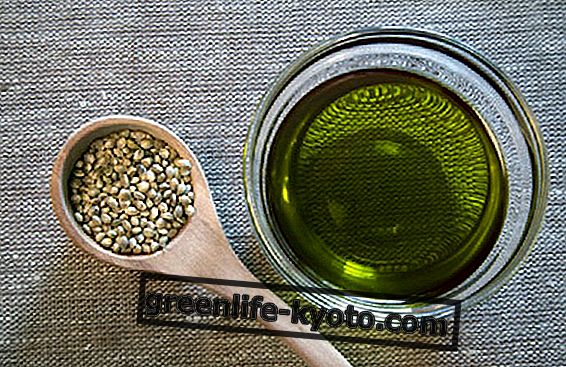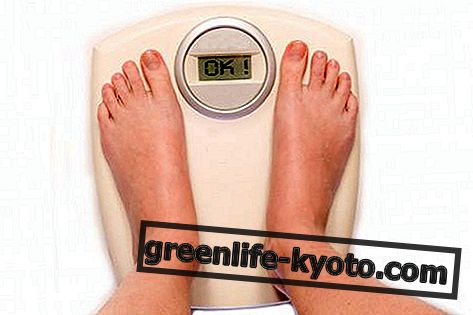
Those who practice sport in a structured way, with constant training and aimed at improving performance, follow a hyperproteic diet to nourish the muscles and keep them toned .
Often, however, this kind of food is not well balanced and we see excessive consumption of animal meat and unfortunately also super-energetic "drinks" that are not always controlled and calibrated based on the subject who uses them and the specific needs of his organism.
In nature we have a whole series of foods of vegetable origin rich in proteins, able to provide the primary and essential amino acids for the "construction" of our structure. I use the term "construction" because amino acids can be considered real " building blocks " of protein chains, fundamental for the formation of our muscles, tendons, ligaments, nails, hair, hormones, neurotransmitters, even DNA nucleic acids.
Animal proteins are rich in amino acids and those who decide to adopt a vegetarian or vegan diet should not improvise but structure a diet that gives the correct protein intake with a balanced share of legumes and cereals.
Vegetable proteins are in fact supplied by legumes and cereals , but also by dried fruit and algae, which if combined correctly guarantee an integrated supply of amino acids, since not all the essential "bricks" are present in one and the other and the lacking essential amino acid, defined as "limiting", could indeed limit the effectiveness of others.
Those who practice sports can therefore plan a healthy and balanced diet, which is not overloaded with liver and kidney work, and which at the same time assists muscle training and tendon elasticity.
In the market there are supplements of vegetable proteins in the form of powders or tablets, they can be of a single food or combinations of several foods.
10 plant sources rich in proteins
Proteins in legumes
- Lupins : in 100 grams are contained 38 grams of protein 4.4 mg of iron
- Soy : in 100 grams it contains 37 grams of protein and 6.9 mg of iron
- Lentils : in 100 grams are contained 23 grams of protein and 8 mg of iron
- Beans : 100 grams contains about 23 grams of protein (depending on the type of bean) and about 7 mg of iron
- Chickpeas : in 100 grams are contained 19 grams of protein and 6.4 mg of iron
- Peas : in 100 grams of fresh product are contained 22 grams of protein and 4 mg of iron.
Proteins in cereals
- Soy flour : in 100 grams there are 36 grams of protein and about 7 mg of iron
- Seitan : in 100 grams is contained about 36 grams of protein but only about 2 mg of iron
- Spelled : 100 grams contains about 15 grams of protein and only 0.7 mg of iron
- Wheat : 100 grams contains about 12 grams of protein and 3.6 mg of iron
Proteins in algae
As mentioned before, algae are an excellent food supplemented with protein and above all iron. In fact they contain all the essential amino acids and with 100 grams of algae we can introject 600 mg of iron! An incomparable remineralizing source .
How many proteins to take
For those who practice sports at a structured level and have a constant energy consumption, a protein intake between 0.8 and 2.5 grams per 1 kg of body weight per day is recommended ( source: Institute of Medicine ).
However, it is always advisable to rely on the instructions of a doctor and a nutritionist.
How to take protein supplements
Never take protein supplements before sports performance, as protein absorption requires a high energy expenditure.
Sports that train resistance and snap
In certain types of sports that train endurance and sprinting it is best not to consume protein even during the meal that follows the performance for the same reason, since energy must be recovered through sugars and carbohydrates .
Proteins must be integrated into subsequent meals away from sports performance .
Sports that train strength
In sports that instead train strength, different indications are provided and the integration of proteins in the meal following the performance is suggested, since the increase in muscle mass is preferred.
Are you a sportsman? Try energy drinks and homemade snacks
To know more
> Vegetable proteins, what they are and where they are
> Muscles, disorders and natural cures
> Foods rich in vegetable protein
> Vegetable protein powder: how to choose and contraindications












